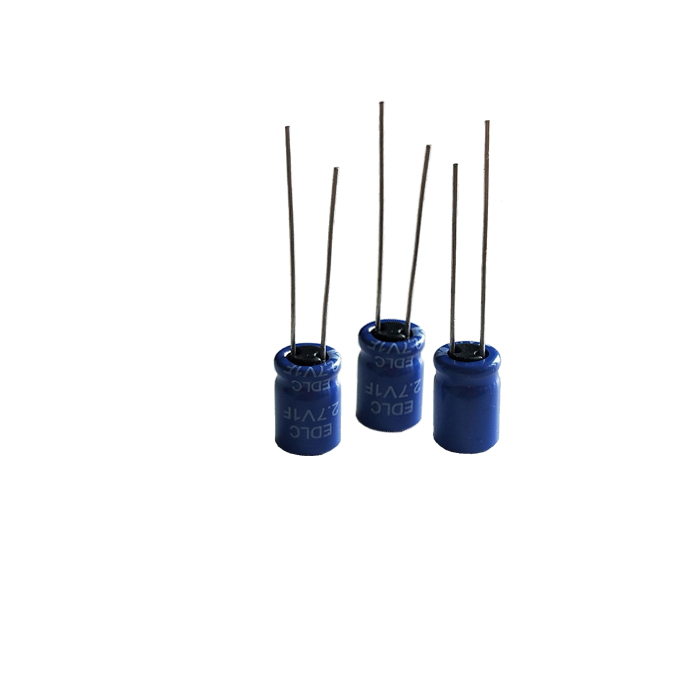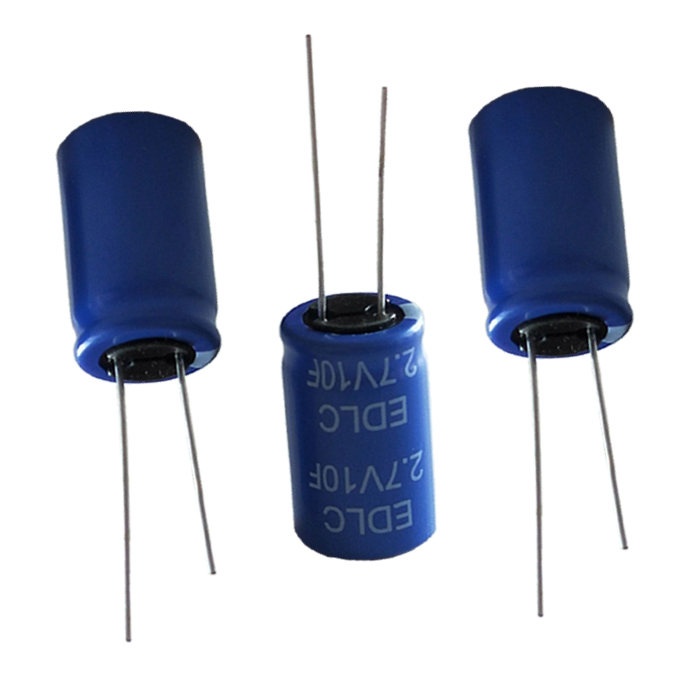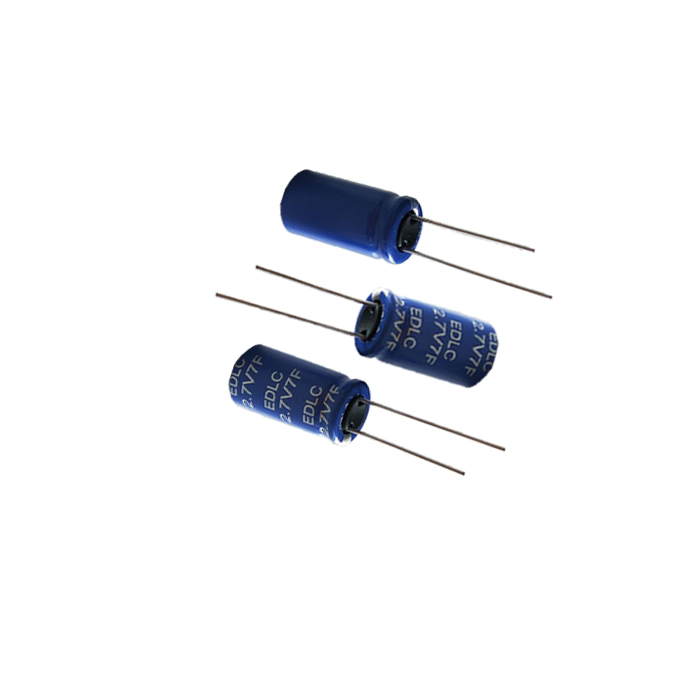Consulting phone:
135-3037-2041
(Mr.Wang)
How to properly use supercapacitors
Supercapacitors have a very wide range of uses. Combined with high-energy-density substances such as fuel cells, supercapacitors provide rapid energy release to meet high power demands, allowing fuel cells to be used only as an energy source. At present, the energy density of supercapacitors can be as high as 20kW/kg, and has begun to seize the market between traditional capacitors and batteries.
In applications that require high reliability but low energy requirements, supercapacitors can be used to replace traditional batteries, or supercapacitors and batteries can be combined for applications with high energy requirements. Smaller, more economical batteries.

The ESR value of supercapacitors is very low, so that they can output larger currents and absorb large currents quickly. Compared with the chemical charging principle, the working principle of the supercapacitor makes the performance of this product more stable, so the service life of the supercapacitor will be longer. For devices such as power tools and toys that require fast charging, supercapacitors are undoubtedly the most ideal power source.
Some products are suitable for hybrid systems using batteries and supercapacitors. The use of supercapacitors can avoid the use of bulky batteries in order to obtain more energy. An example is digital cameras in consumer electronics, where the use of supercapacitors allows digital cameras to use cheaper alkaline batteries instead of expensive ion batteries

The rated voltage of the supercapacitor cell is in the range of 2.5 to 2.7V, so many applications need to use multiple supercapacitor cells.
Any supercapacitor will discharge through the internal parallel resistance when it is energized. This discharge current is called leakage current, which affects the self-discharge of the supercapacitor unit. Similar to some secondary battery technologies, the voltage of supercapacitors also needs to be balanced when used in series, because supercapacitors have leakage current, and the size of the internal parallel resistance determines the voltage distribution across the series connected supercapacitor cells. When the voltage of the supercapacitor is stabilized, the voltage on each unit will change with the leakage current, not with the capacitance value. The larger the leakage current, the smaller the rated voltage, on the contrary, the smaller the leakage current, the higher the rated voltage. This is because the leakage current will cause the supercapacitor cell to discharge, reducing the voltage, which in turn affects the voltage of other cells in series with it, assuming that these cells in series are powered by the same constant voltage.
In order to compensate the leakage current variation, a common method is to connect a resistor in parallel next to each unit to control the leakage current of the entire unit. This method effectively reduces the variation of the corresponding parallel resistance between the units

Another recommended method is active cell-balancing. With this method, each cell is actively monitored and balanced against each other when there is a voltage change. This approach reduces any extra load on the unit, making work much more efficient.
Unit life will be shortened if the voltage exceeds the unit's rated voltage. For high-reliability supercapacitors, how to maintain the voltage within the required range is a key point, and the charging voltage must be controlled to ensure that it does not exceed the rated voltage of each cell.